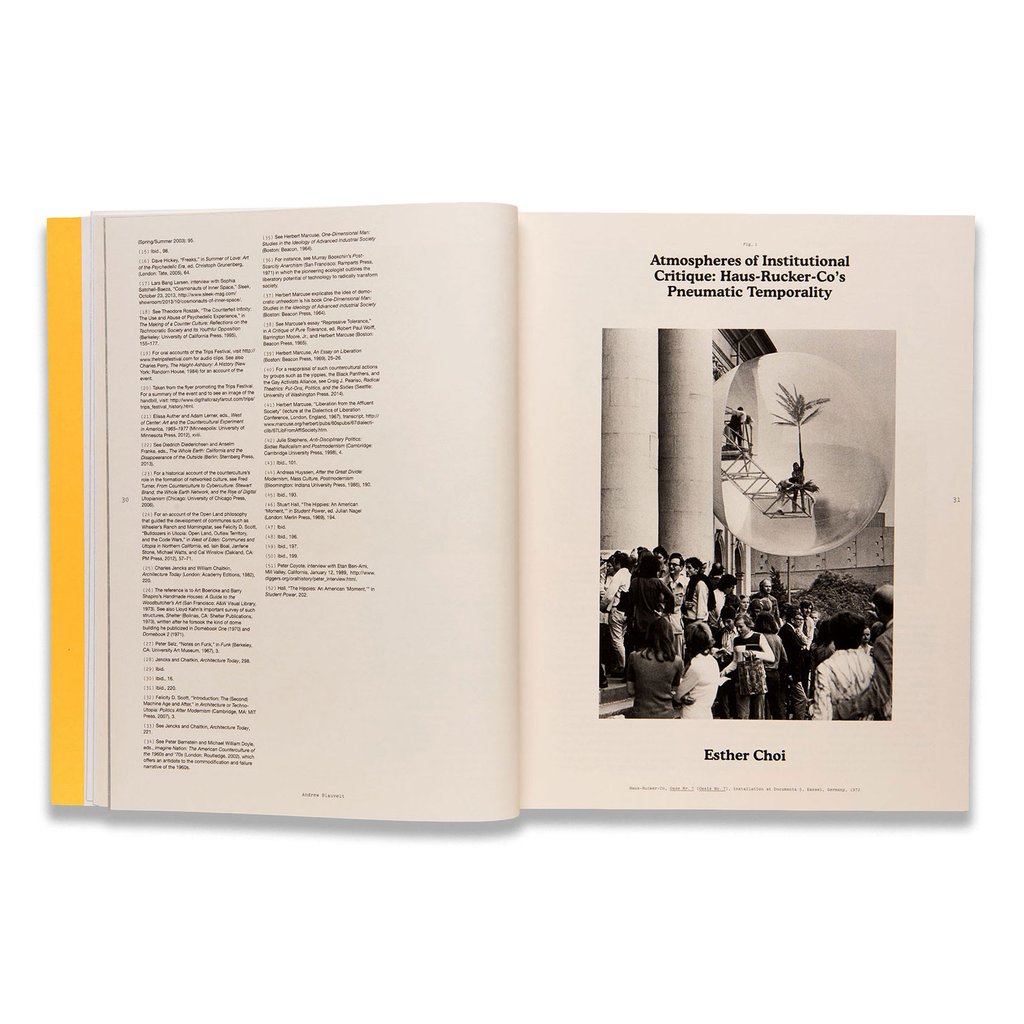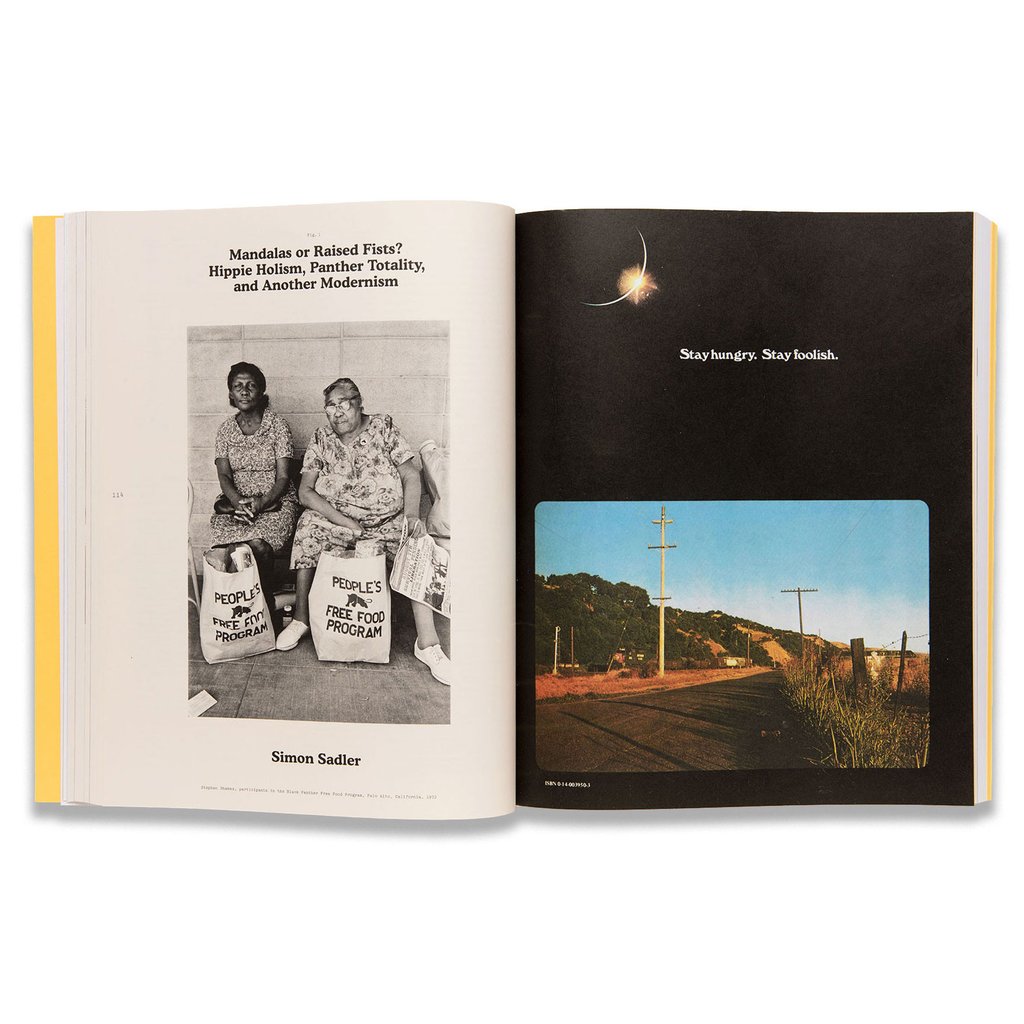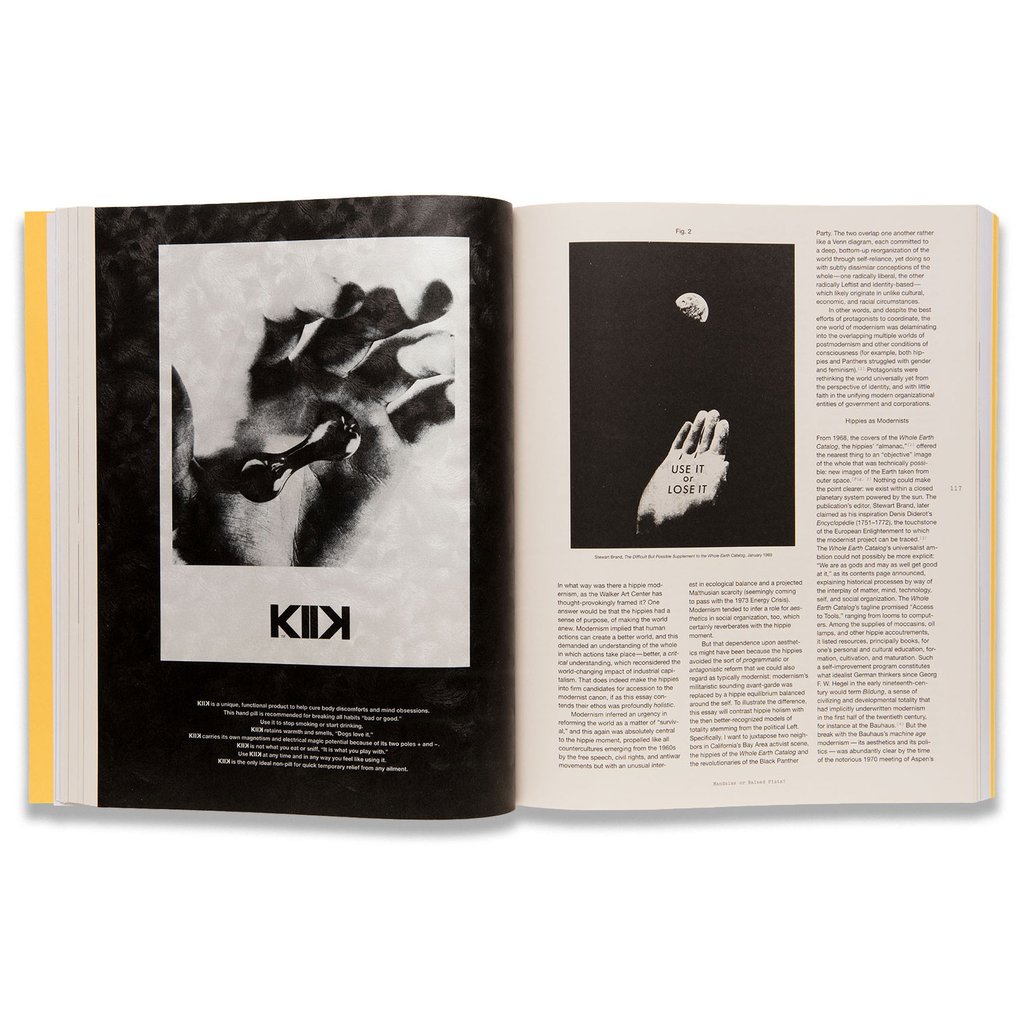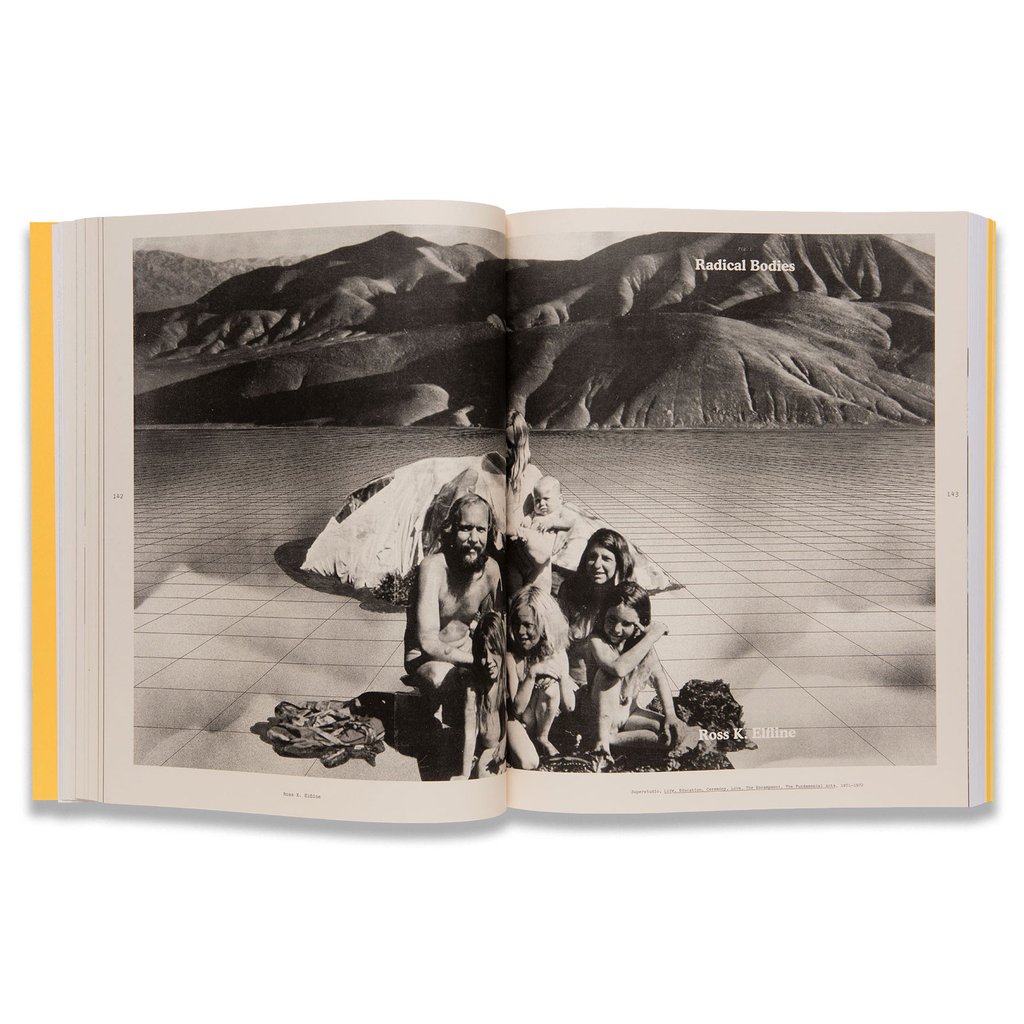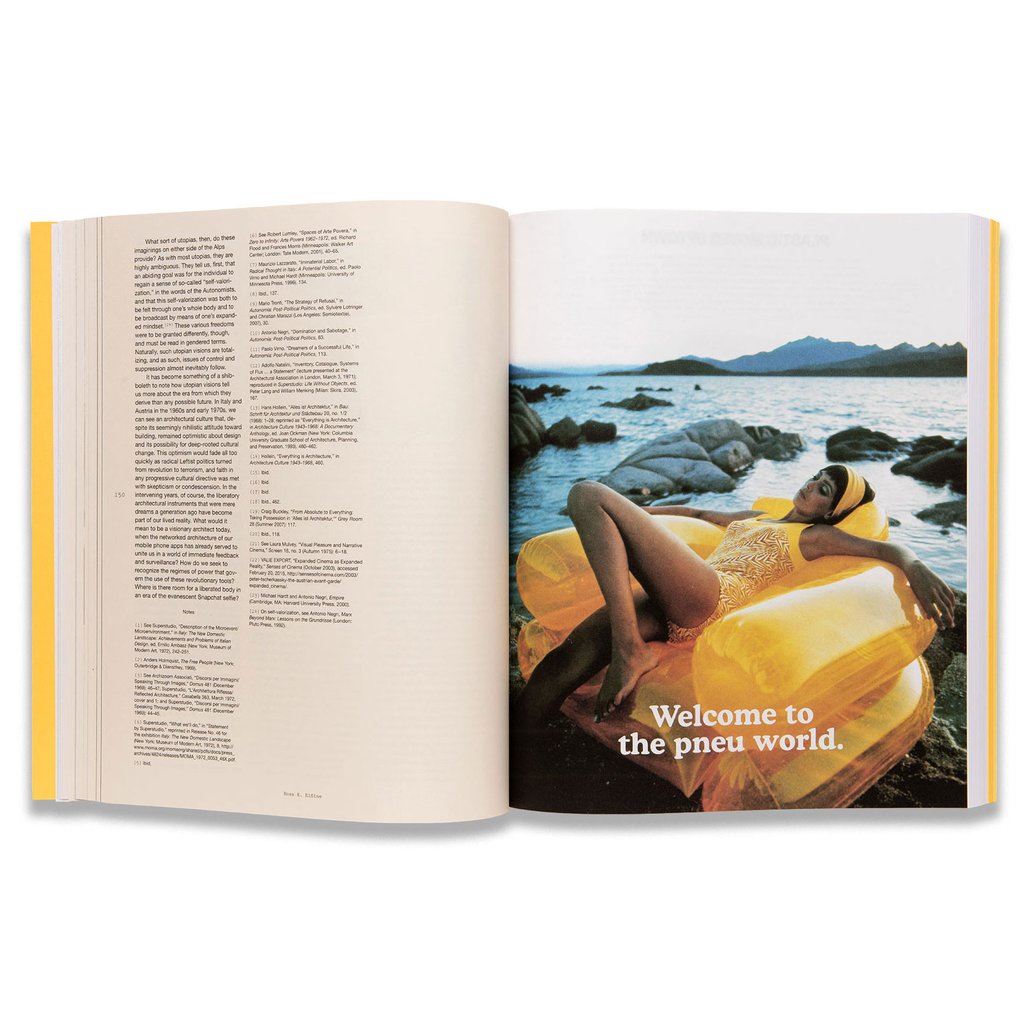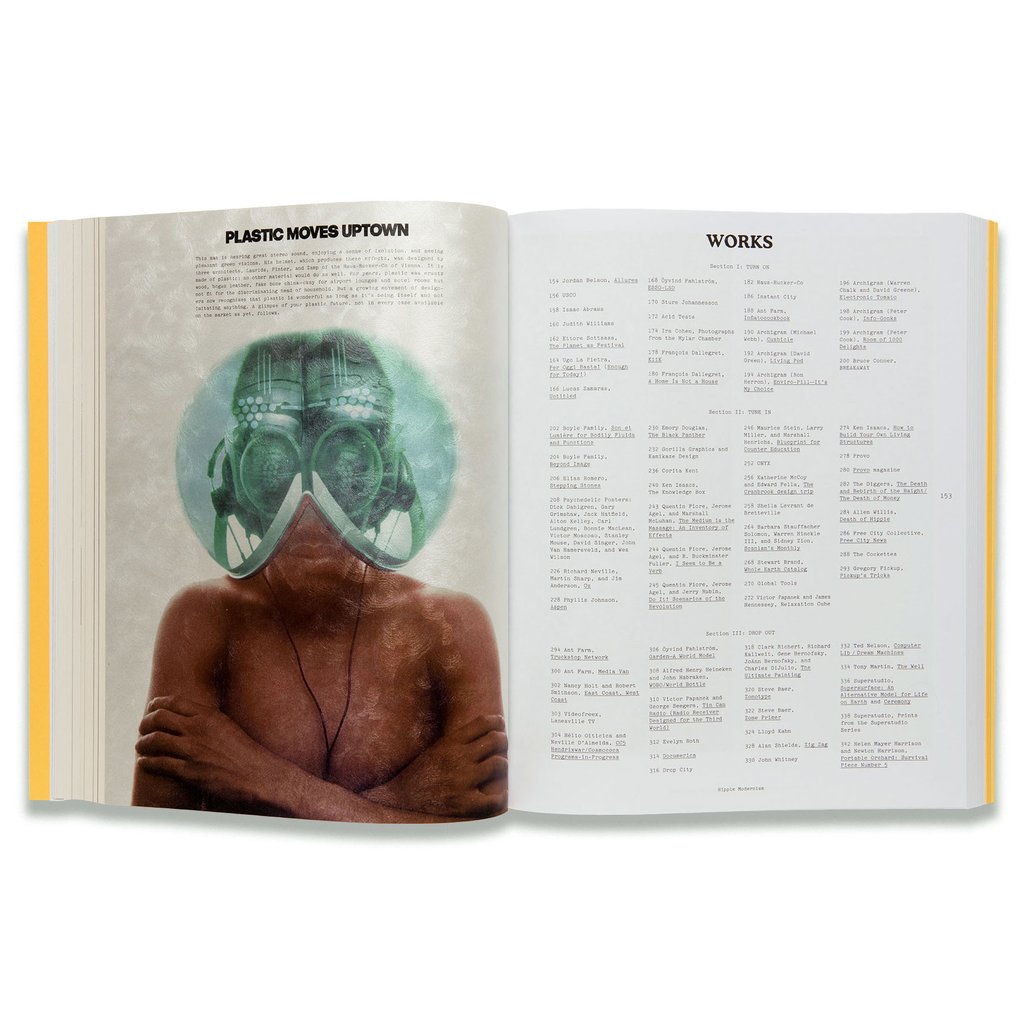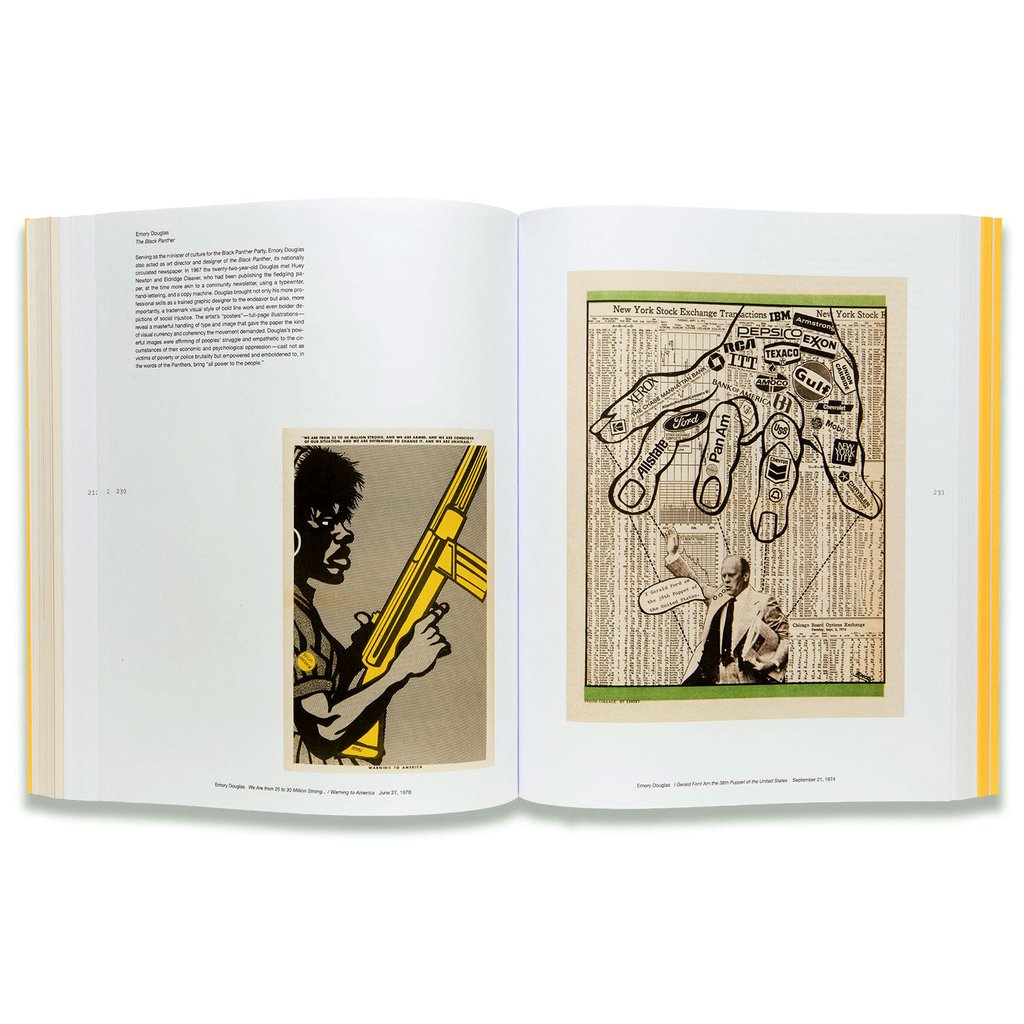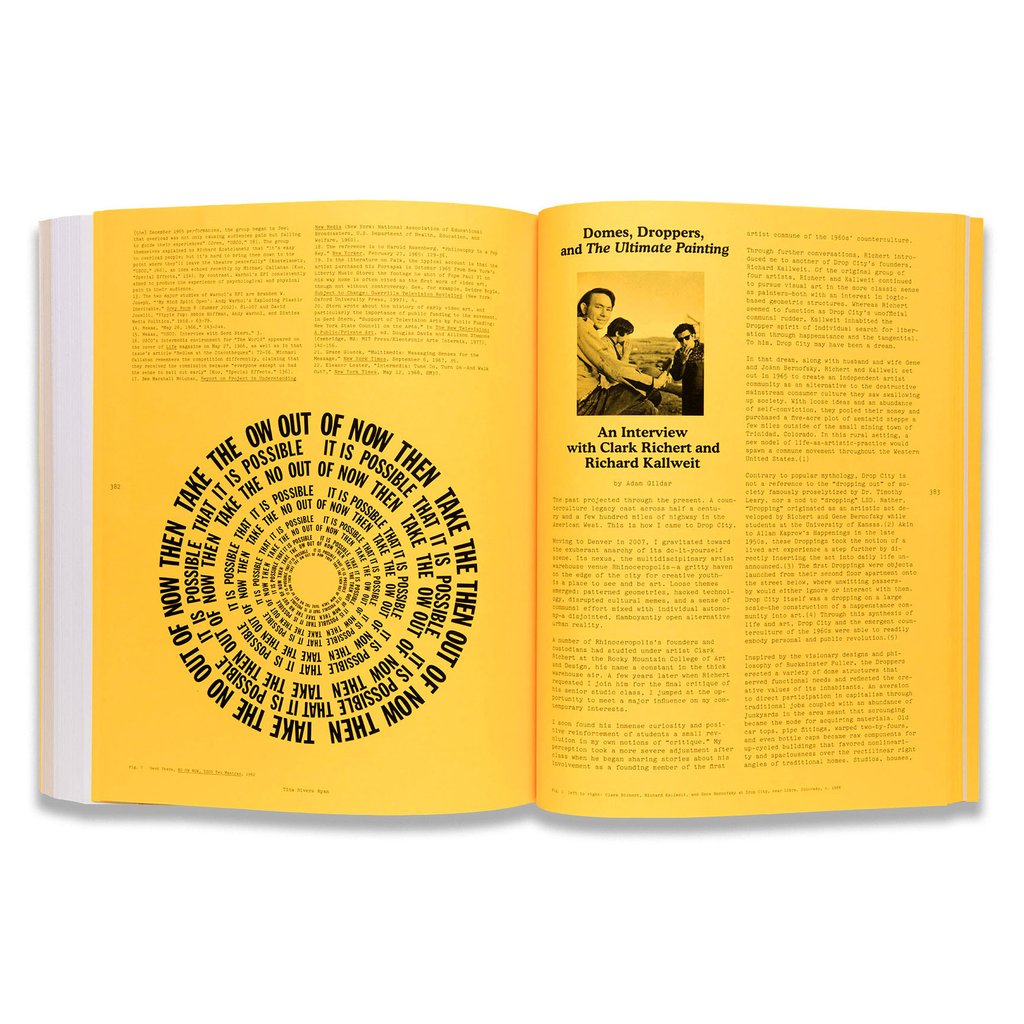The Walker Art Center is pleased to present Hippie Modernism: The Struggle for Utopia, a traveling exhibition that examines the intersections of art, architecture, and design of the counterculture of the 1960s and early 1970s on view October 24, 2015through February 28, 2016 in Galleries 1, 2, 3, and the Perlman Gallery. An After Hours preview party takes place October 23, with opening events including film screenings, artist talks, and a panel discussion scheduled for October 24-25.
Organized by the Walker with the assistance of the University of California, Berkeley Art Museum and Pacific Film Archive, the exhibition charts the evolution of one of the most fertile periods of recent cultural history that witnessed a variety of radical experiments that challenged convention, overturned traditional hierarchies, explored new media and materials, and formed alternative communities with new ways of living and working together. Many artists, architects, and designers began a search for a new kind of utopia—technical, ecological, political—and with it offered a critique of society.
Hippie Modernism: The Struggle for Utopia also considers how the counterculture of the period, once dismissed as both a social and aesthetic failure, embraced many artistic themes and ideas that persist today, including ecological awareness, social practice, and audience participation. It also resonates in a plethora of today’s social arenas, whether the resurgent interest in yoga and spirituality, organic foods, local agriculture, marijuana legalization, climate change, alternative energy, or social protest movements such as Occupy Wall Street and Black Lives Matter, to name a few.
“It’s difficult to identify another period of history that has exerted more influence on contemporary culture and politics,” said Andrew Blauvelt, the exhibition curator and Walker Senior Curator of Research, Design and Publishing. “By evoking the term ‘hippie modernism,’ we highlight the creative revolution that challenged exhausted forms of late modern culture and the alienation of advanced industrial society.” Blauvelt continues, “Much of what was produced in the creation of various countercultures did not conform to the traditional definitions of art—and thus it has largely been ignored in official histories of art, architecture, and design. This exhibition and book seeks to redress this oversight.”
Loosely assembled around Timothy Leary’s famous mantra, “Turn On, Tune In, Drop Out,” Hippie Modernism: The Struggle for Utopia features a variety of art forms and artifacts, from experimental furniture to alternative living structures, immersive environments, media installations, alternative magazines, experimental books, printed ephemera, and archival films.
Hippie Modernism: The Struggle for Utopia
Published by Walker Art Center
Edited with text by Andrew Blauvelt. Text by Greg Castillo, Esther Choi, Alison Clarke, Hugh Dubberly, Ross Elfline, Craig Peariso, Tina Rivers Ryan, Catharine Rossi, Simon Sadler, Felicity Scott, Lorraine Wild with David Karwan. Interviews by Adam Gildar, Susan Snodgrass, Elizabeth Glass. (Read about the design of the catalogue here.) Buy
Hippie Modernism examines the art, architecture and design of the counterculture of the 1960s and early 1970s. The catalogue surveys the radical experiments that challenged societal norms while proposing new kinds of technological, ecological and political utopia. It includes the counter-design proposals of Victor Papanek and the anti-design polemics of Global Tools; the radical architectural visions of Archigram, Superstudio, Haus-Rucker-Co and ONYX; the installations of Ken Isaacs, Joan Hills, Mark Boyle, Hélio Oiticica and Neville D'Almeida; the experimental films of Jordan Belson, Bruce Conner and John Whitney; posters and prints by Emory Douglas, Corita Kent and Victor Moscoso; documentation of performances by the Diggers and the Cockettes; publications such as Oz and The Whole Earth Catalog; books by Marshall McLuhan and Buckminster Fuller; and much more.
While the turbulent social history of the 1960s is well known, its cultural production remains comparatively under-examined. In this substantial volume, scholars explore a range of practices such as radical architectural and anti-design movements emerging in Europe and North America; the print revolution in the graphic design of books, posters and magazines; and new forms of cultural practice that merged street theater and radical politics. Through a profusion of illustrations, interviews with figures including Gerd Stern and Michael Callahan of USCO, Gunther Zamp Kelp of Haus-Rucker-Co, Ken Isaacs, Ron Williams and Woody Rainey of ONYX, Franco Raggi of Global Tools, Tony Martin, Clark Richert and Richard Kallweit of Drop City, and new scholarly writings, this book explores the conjunction of the countercultural ethos and the modernist desire to fuse art and life.



